The Most Common Repairs Needed After a Home Inspection
Whether you're buying or selling a home, the inspection process can bring a mix of relief and anxiety. It's not uncommon for an inspection report to include a list of recommended repairs—but not all of them are deal-breakers. In fact, many of the most common issues are relatively minor, and with the right preparation, they can be addressed quickly.
Here are the most common repairs we see after a home inspection—and what you should know about each one.
1. Roof Issues
Keywords: roof repairs, missing shingles, roof flashing
Roof damage is one of the top concerns during a home inspection. Missing or damaged shingles, deteriorated flashing, or signs of previous leaks are common findings. While not always urgent, these should be evaluated by a roofing professional to prevent water damage or future costly repairs.
✅ Tip: Regular roof maintenance can reduce the likelihood of bigger problems down the road.
2. Plumbing Leaks
Keywords: leaking pipes, under sink repairs, water damage
Small leaks under sinks, around toilets, or near the water heater often go unnoticed by homeowners but are quickly caught during an inspection. Left unresolved, these can cause water damage and mold.
✅ Tip: Tightening connections or replacing old seals can fix many minor leaks affordably.
3. Electrical Safety Issues
Keywords: electrical inspection, outdated wiring, double-tapped breakers
From outdated electrical panels to missing GFCI outlets in kitchens and bathrooms, electrical problems are common—and often safety-related. Double-tapped breakers (two wires in one breaker slot) and exposed wiring are also frequent finds.
✅ Tip: An electrician can resolve many of these issues in a single visit.
4. HVAC System Concerns
Keywords: HVAC inspection, AC service, furnace issues
Heating and cooling systems may show signs of wear, dirty filters, or deferred maintenance. If the system is over 10–15 years old, inspectors often recommend a service check or replacement estimate.
✅ Tip: Servicing your HVAC seasonally keeps it running efficiently and extends its life.
5. Windows & Doors
Keywords: window seal failure, door alignment, energy efficiency
Foggy double-pane windows (a sign of failed seals), loose locks, or doors that don't latch properly are common, especially in older homes. These issues impact energy efficiency and security.
✅ Tip: Many window and door repairs are low-cost but improve both comfort and appearance.
6. Grading & Drainage
Keywords: water pooling, foundation cracks, drainage inspection
Improper grading or downspouts draining too close to the home can lead to water pooling and potential foundation problems. This is often overlooked by sellers but easily corrected with landscaping or gutter adjustments.
✅ Tip: Redirect downspouts 4–6 feet from the foundation to prevent water damage.
7. Smoke & CO Detectors
Keywords: smoke detector inspection, carbon monoxide alarm, safety violations
It may seem minor, but missing or non-functional smoke and carbon monoxide detectors are flagged in nearly every inspection. These are essential for safety and are required by law in many areas.
✅ Tip: Replace batteries and test your detectors regularly. They save lives.
Final Thoughts
A home inspection isn’t about perfection—it’s about transparency and safety. Knowing what to expect and understanding the most common repair items helps both buyers and sellers feel confident and prepared.
At Elevate Inspections, we go above and beyond to ensure you understand your report and what steps to take next. Whether you're under contract or just checking in on your home’s condition, we’re here to help.


